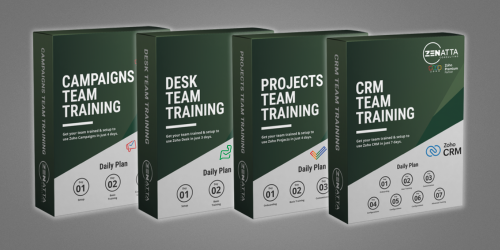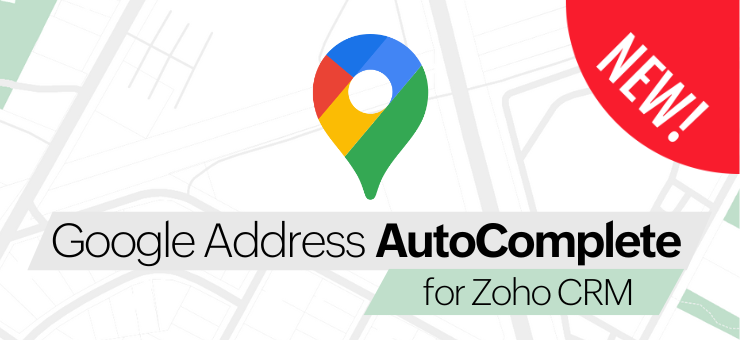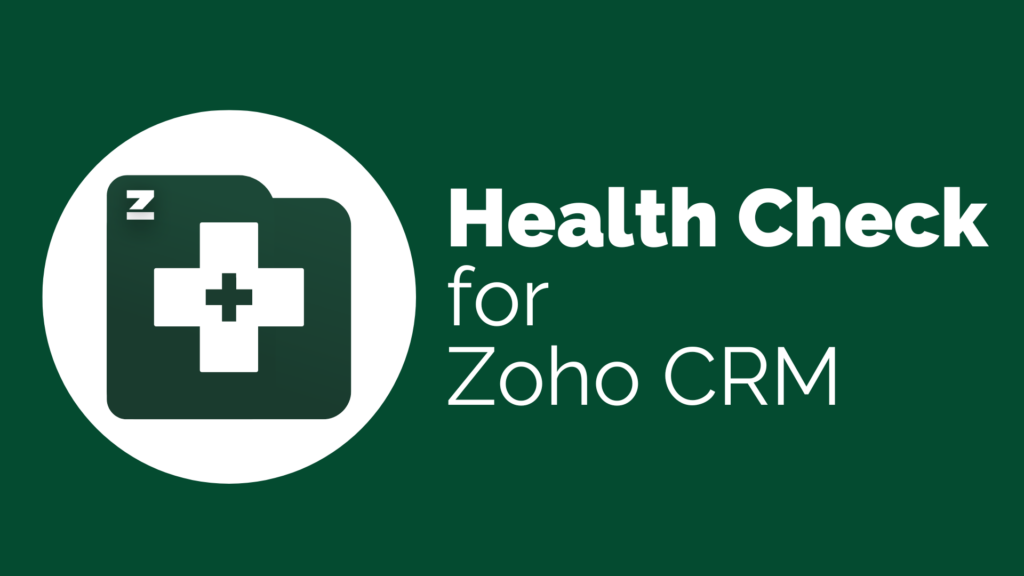If you’re diving into Zoho Projects, one of the smartest moves you can make is to use Zoho Projects templates. These templates streamline your workflow, save time, and ensure consistency across your projects—especially if you manage multiple client engagements or internal initiatives.
In this guide, we’ll walk you through how to create and customize project templates, manage milestones, tasks, and dependencies, and even launch projects directly from Zoho CRM.
Why Use Templates in Zoho Projects?
Launching every project from scratch in Zoho Projects can be time-consuming. Templates allow you to predefine:
- Milestones
- Task lists
- Tasks
- Dependencies
- Budgets and Work Hours
Even if your projects vary, having a baseline template that’s 60–70% accurate will dramatically reduce setup time.
Creating a Project Template
To get started:
- Navigate to the Projects tab and select Project Templates.
- Choose to create a new template or convert an existing project into a template.
- Add a description—useful for context or CRM-related information.
- Select a task layout to predefine statuses and custom fields.
- Define your budget type (fixed, user-based, milestone, or task-driven).
Pro Tip: Use the Browse Templates option at the bottom right of the template interface to explore Zoho’s prebuilt templates for event planning, digital marketing, and more.
Understanding the Core Template Structure
Templates in Zoho Projects are structured with three key components:
1. Milestones
These are the high-level phases of your project. Each milestone includes:
- Start after (relative to project start date)
- Duration (how long it lasts)
2. Task Lists
Organizational containers for tasks under each milestone. They don’t have due dates but help group related activities.
3. Tasks
Each task includes:
- Start After
- Duration
- Dependencies
- Work hours
- Billing status
Working with Dependencies and Gantt Charts
Dependencies help visualize project flow. Use the Gantt Chart view to:
- Drag and drop dependencies between tasks
- View how delays in one task affect others
- Set Finish-to-Start, Start-to-Start, or Finish-to-Finish relationships
Although Zoho supports lags (delays between dependent tasks), many users prefer extending the predecessor’s duration instead.
Optimizing with Work Hours and Billability
Set estimated work hours per task to:
- Improve future workload forecasting
- Better allocate team resources
- Enhance billing accuracy if using time tracking
Templates with accurate work hours help forecast your team’s bandwidth for weeks or months ahead.
Launching a Template Project
Projects can be launched from:
- Zoho Projects: Choose your template, set a start date (critical for accurate scheduling), and configure privacy and budgets.
- Zoho CRM: From a deal record, launch a project using a predefined template, keeping sales and delivery tightly aligned.
After launching, all durations convert to real dates, and dependencies auto-adjust with any schedule changes.
Final Tips
- Group by Milestone when editing templates for clearer organization.
- Test launch a project to verify your template setup before real use.
- Always assign estimated work hours for accurate capacity planning.





